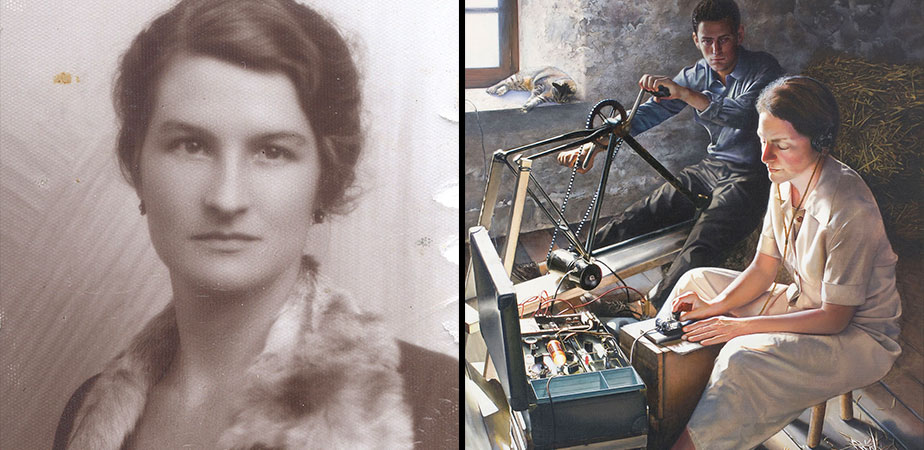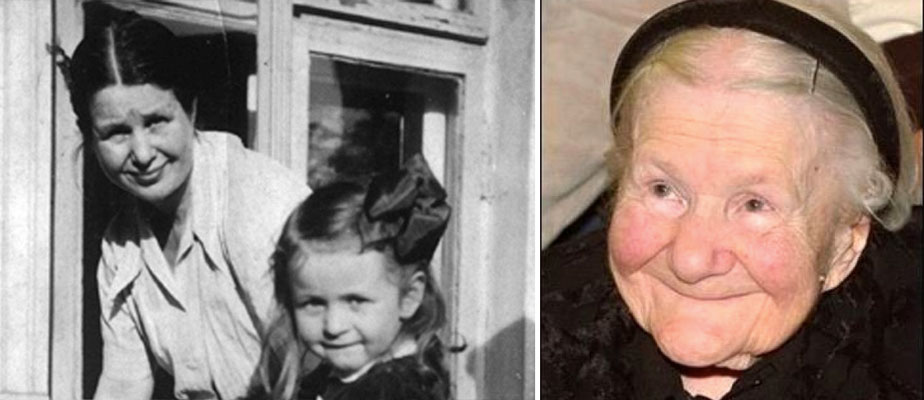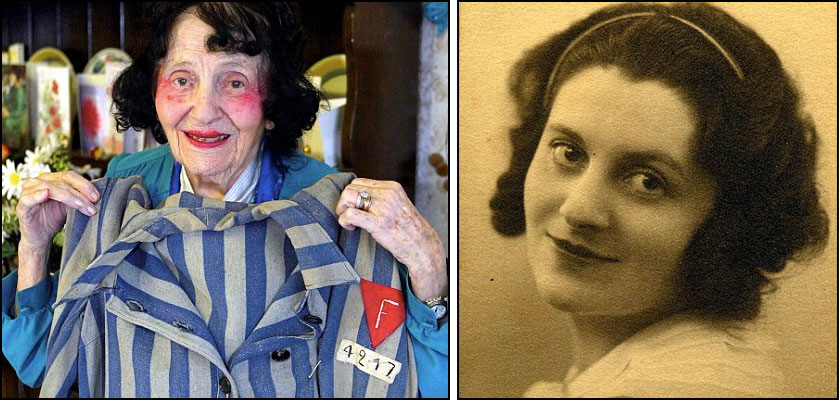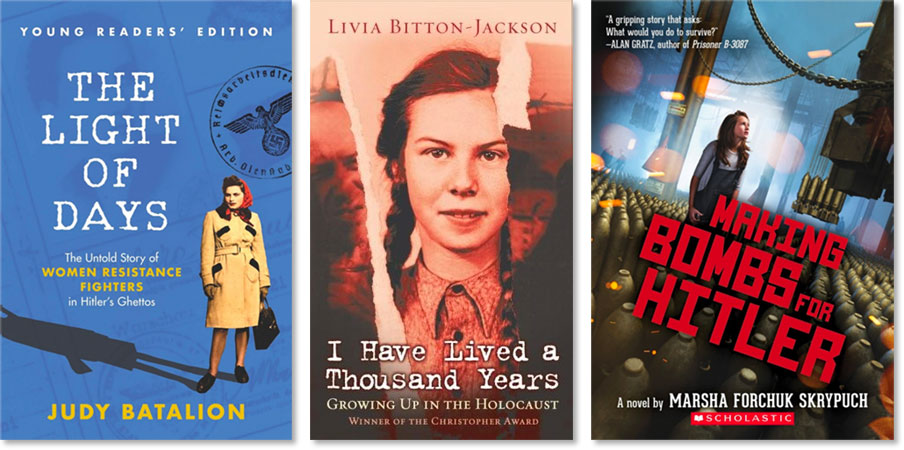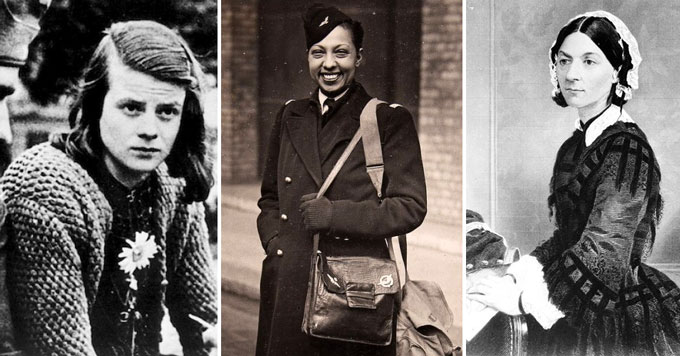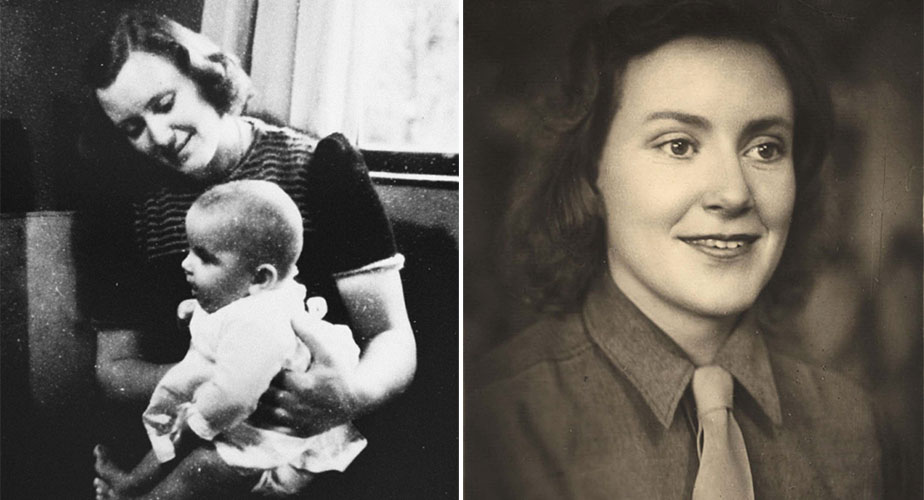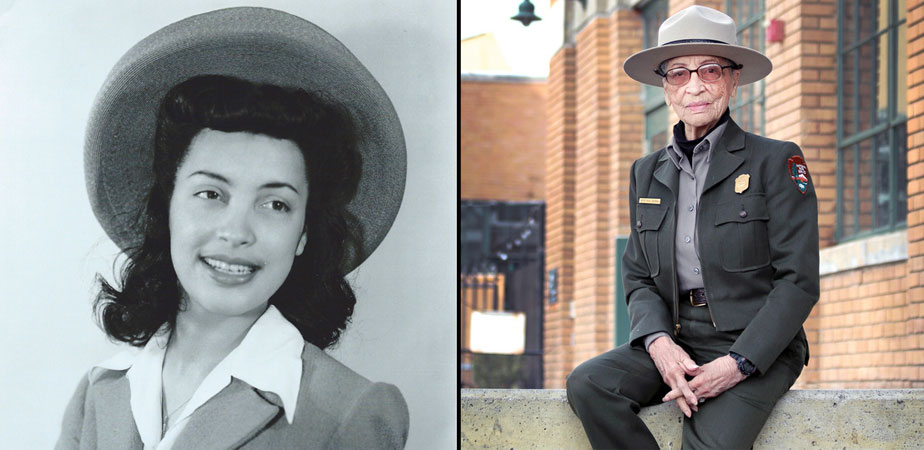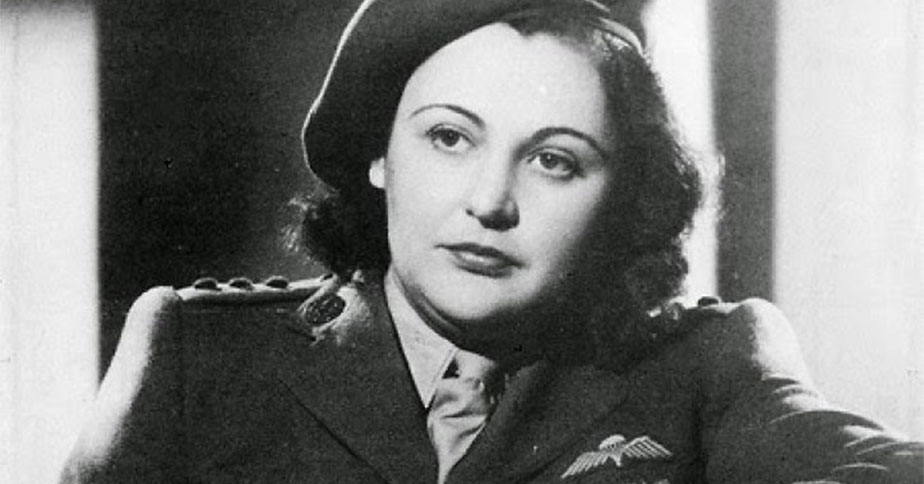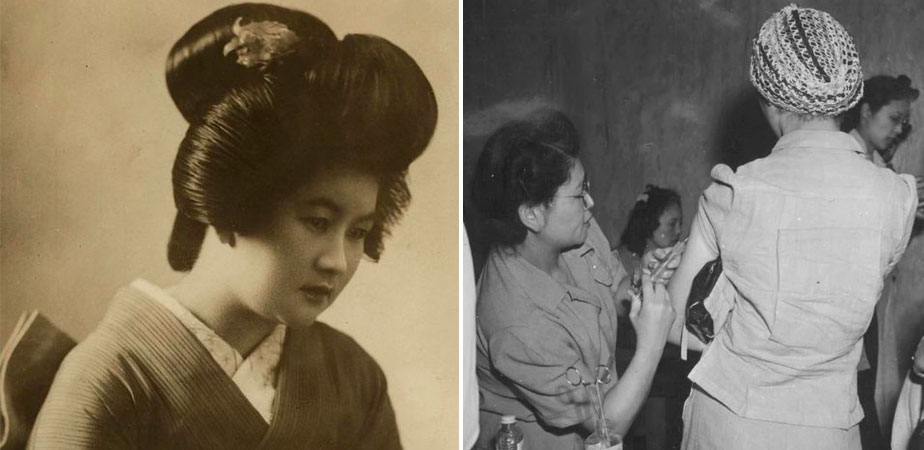Corrie ten Boom and her family helped 800 people fleeing the Nazis by hiding them in their home.
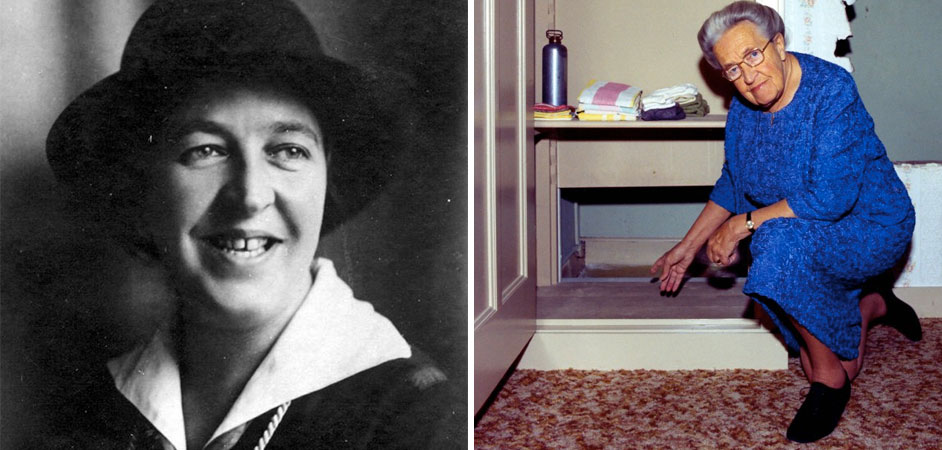 In the midst of the Nazi occupation of Holland, an unassuming woman — the country's first female watchmaker — had a secret: a hidden room where Jewish refugees could stay as they fled the dangerous regime. Corrie ten Boom and her family worked with the Dutch Resistance, and their home became known as "De Schuilplaats" or "The Hiding Place," where hundreds of people found shelter in 1943 and 1944. Today, it's estimated that ten Boom, her family, and other members of the 'BeJe group' saved the lives of 800 Jews and other refugees. Ten Boom's father and sister both died while imprisoned by the Nazis, but despite it all, she never regretted what her family had done: "The measure of a life, after all, is not its duration," she asserted, "but its donation." Continue reading Continue reading
In the midst of the Nazi occupation of Holland, an unassuming woman — the country's first female watchmaker — had a secret: a hidden room where Jewish refugees could stay as they fled the dangerous regime. Corrie ten Boom and her family worked with the Dutch Resistance, and their home became known as "De Schuilplaats" or "The Hiding Place," where hundreds of people found shelter in 1943 and 1944. Today, it's estimated that ten Boom, her family, and other members of the 'BeJe group' saved the lives of 800 Jews and other refugees. Ten Boom's father and sister both died while imprisoned by the Nazis, but despite it all, she never regretted what her family had done: "The measure of a life, after all, is not its duration," she asserted, "but its donation." Continue reading Continue reading









